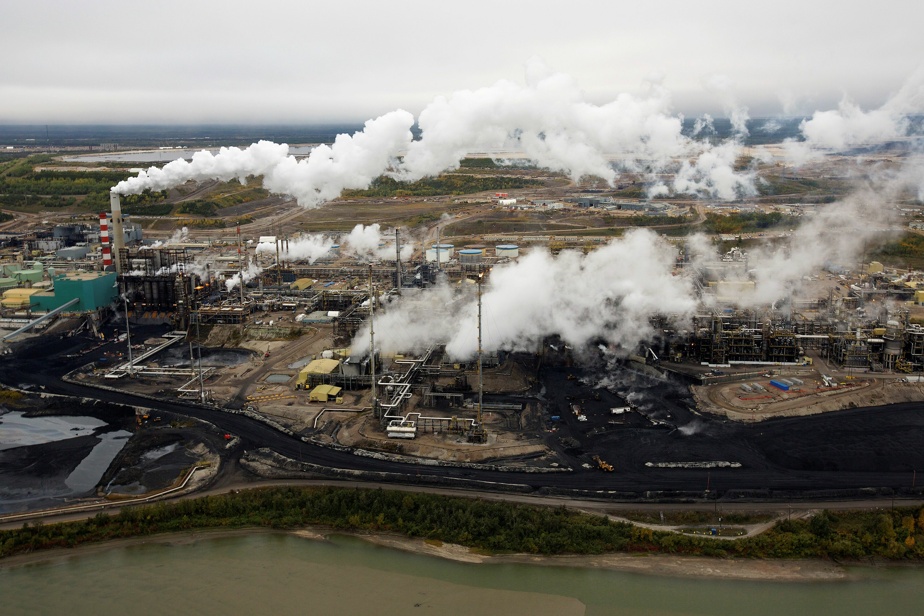(Ottawa) Federal Energy Minister Jonathan Wilkinson says carbon capture technology is neither too expensive nor inefficient.
Mr. Wilkinson is defending this process following the abandonment of a high-profile carbon sequestration project in Alberta, due to its unattractive cost/benefit ratio.
Capital Power, an Edmonton power company, last week scrapped plans to build a $2.4 billion carbon capture system at its Genesee coal and natural gas plant, saying it would not would not be profitable.
According to Wilkinson, this is not a signal against carbon capture.

PHOTO SEAN KILPATRICK, THE CANADIAN PRESS
Federal Energy Minister Jonathan Wilkinson
“There are a number of different pathways for Capital Power to be able to meet the requirements of the clean fuel or clean electricity regulations that eventually come into effect,” he said.
“They made a business decision that they could meet these requirements in a different way. But as I said, there will be many different approaches in different sectors that I think will use carbon capture technology. »
Greenpeace Canada also released a report this week showing that Shell Canada received special financial assistance after telling the Alberta government that, even with subsidies covering 60 per cent of the costs, it could not make a capture project viable. carbon.
Minister Wilkinson says technology is constantly improving and becoming less expensive, and carbon pricing also makes capture costs meaningful.
“Carbon capture and sequestration technologies are improving and, over time, they become less expensive, like all other technologies,” he explained. For those who say the technology is unproven, I would simply tell them that it is not true. The basic technology has been around for a long time. It’s a question of scale and a question of costs. »
Mr Wilkinson and his Finance colleague Chrystia Freeland both say opposition parties must help the government pass legislation to implement the investment tax credit for capital invested in projects. capture. This has been promised for a long time and should give businesses predictability.
The International Energy Agency projects that carbon capture and sequestration will need to account for 15% of global emissions reductions by 2050 to reach net zero, where all emissions are eliminated or captured.
“Its increased use is included in the combination of all credible pathways to achieve carbon neutrality by 2050,” reads Canada’s climate plan.
The latest national emissions report, released last week, shows that by 2022, Canada had captured and stored a total of 7.2 million tonnes of carbon dioxide since 2017, most of it at the Quest CCS facility of Shell Canada, at its Scotford upgrading plant, north of Edmonton.
Shell covered about three-quarters of the Quest facility’s $1.1 billion in capital and operating costs through provincial and federal grants, and the rest came from the sale of carbon credits generated by sequestration. carbon emissions.
A Shell spokesperson said in a statement to The Canadian Press on Wednesday that the additional credits were an “innovative mechanism to make investment in the Quest CCS project possible.”
